Sunscreen 101: Everything You Need To Know About SPF
This post may contain affiliate links. That means that if you click on a link and purchase something I recommend, I will receive a small commission at no extra cost to you. As an Amazon Associate, I earn from qualifying purchases. This helps keep my website up and running and is very appreciated. Thank you for your support! Disclaimer
Hello, hello, hello! Today, we are going to talk about sunscreens. Last week, I watched this video of model Irina Shayk’s skincare routine on Vogue. one thing stood out – she forgot sunscreen. That got me thinking, “Perfect timing for my next article!” So, here we are with today’s topic: Sunscreen 101. Let’s jump right in and cover everything you need to know about SPF.
If you don’t have time to read this post right now, why not save it for later?
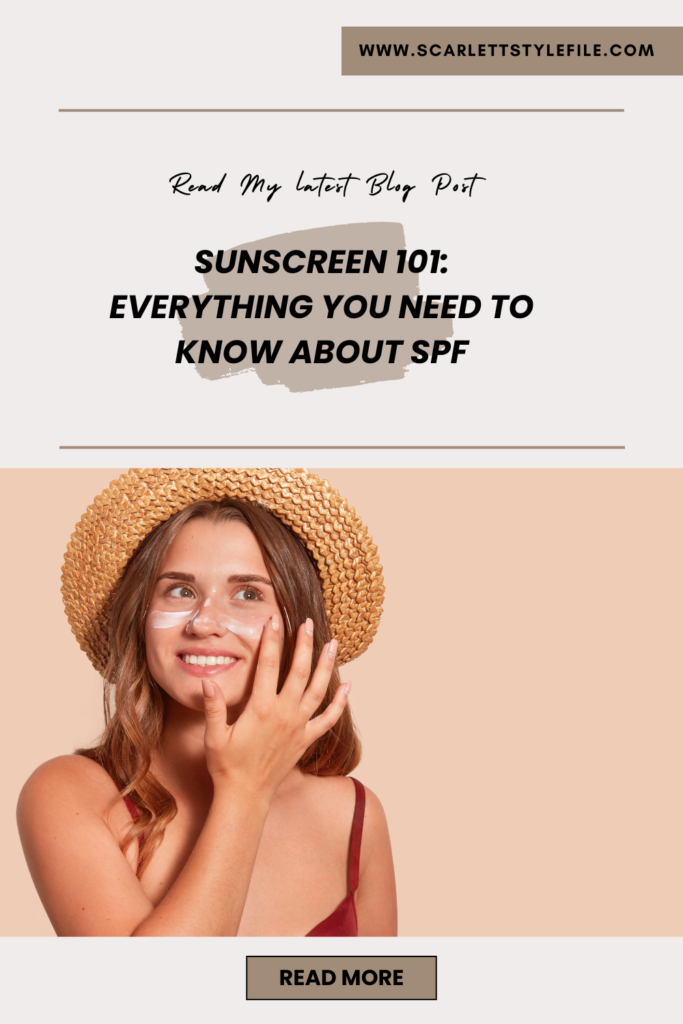
Sunscreen 101: Everything You Need To Know About SPF
why do we need sunscreen?
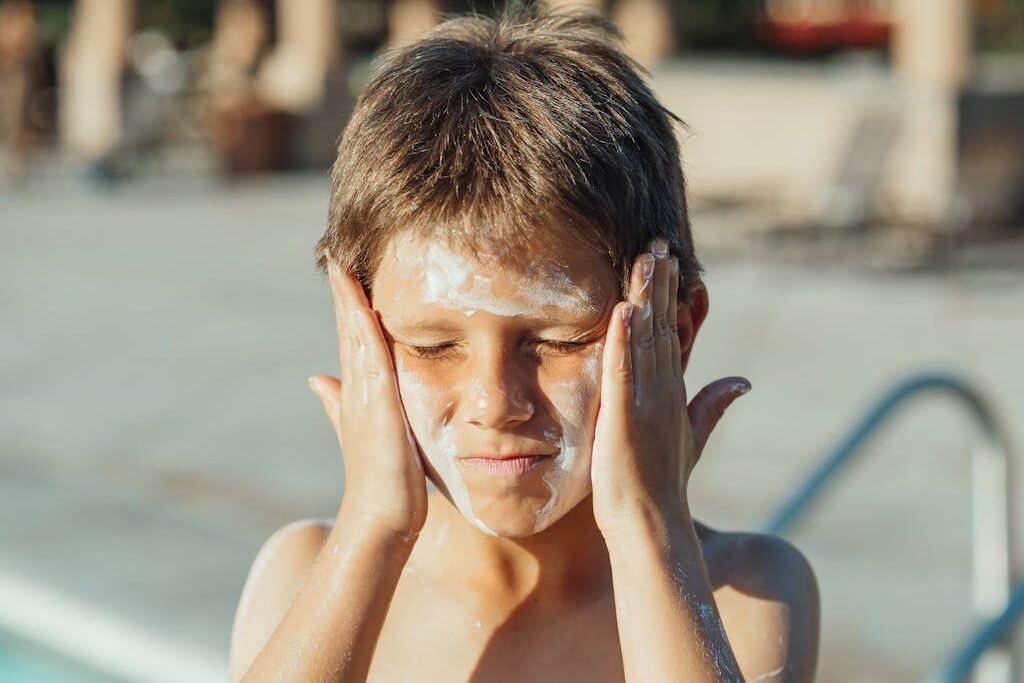
Before diving into the details of sunscreen, I think it’s very important to answer: why do we need a sunscreen? So, the sun offers us with various types of light: infrared for warmth, visible for sight, and ultraviolet (UV) which is invisible and unfelt. And it’s really important to understand the distinction between the three when talking about sunscreen. Scientifically, ultraviolet light has been proven to be a human carcinogen, meaning it contributes to the risk of developing skin cancer.
However, the sun also offers many other benefits that we shouldn’t ignore. So, for those who prefer a sun-centric lifestyle without sunscreen, it’s true that the sun has its perks. Yet, , it also comes with a severe risk, and everything in life is a nuance. It’s not black, it’s not white, it’s shades of gray, and knowing how to protect your skin within those shades of gray while also allowing your skin to reap the benefits of the sun is the most important thing.
When we talk about ultraviolet (UV) light, we’re referring to anything below the 400-nanometer spectrum. UVC, ranging from 100 to 280 nanometers, isn’t common on Earth as it’s usually blocked by the ozone layer, except in certain areas. UVB falls between 280 to 320 nanometers and makes up about five percent of UV light. Then there’s UVA, spanning from 320 to approximately 400 nanometers. Although technically there are UVA 2 and UVA 1, for simplicity’s sake, let’s lump them together , we have UVC, (we gonna forget about them).
UVB primarily affects the top layer of your skin and causes burning (think of ‘B’ as in burn). Exposure to UVB can lead to skin cancer or pre-cancers. However, it also helps in the synthesis of vitamin D in our bodies. And that’s where those people who claim that they need to be living out in the sun in order to get vitamin D at all times, use this particular argument. . We’ll delve into that later in this article.
UVA rays dive deep into your skin, speeding up aging, breaking down collagen and tissues, and forming fine lines, wrinkles, and some skin cancers. UVB rays play a bigger role in causing sunburn and certain skin cancers, while UVA is more about aging. Surprisingly, UVA can get through windows, so even indoor activities near windows can expose you. So, whenever I sit in front of a window doing my makeup or just doing my thing I always apply sunscreen (even when I’m indoors) .
Both UVA and UVB weaken your skin’s ability to fight off issues, And that’s interesting because there are certain diseases like autoimmune diseases such as psoriasis where your skin is so revved up that having that diminished response calms it down and makes it appear better. However, relying too much on sun exposure to treat skin conditions like psoriasis can put you at risk of developing skin cancers. And so again, it’s a very fine balance, okay, understanding how much your skin actually needs, . So, it’s crucial to strike a balance between protecting your skin and getting enough sunlight for your health.
what’s an SPF?
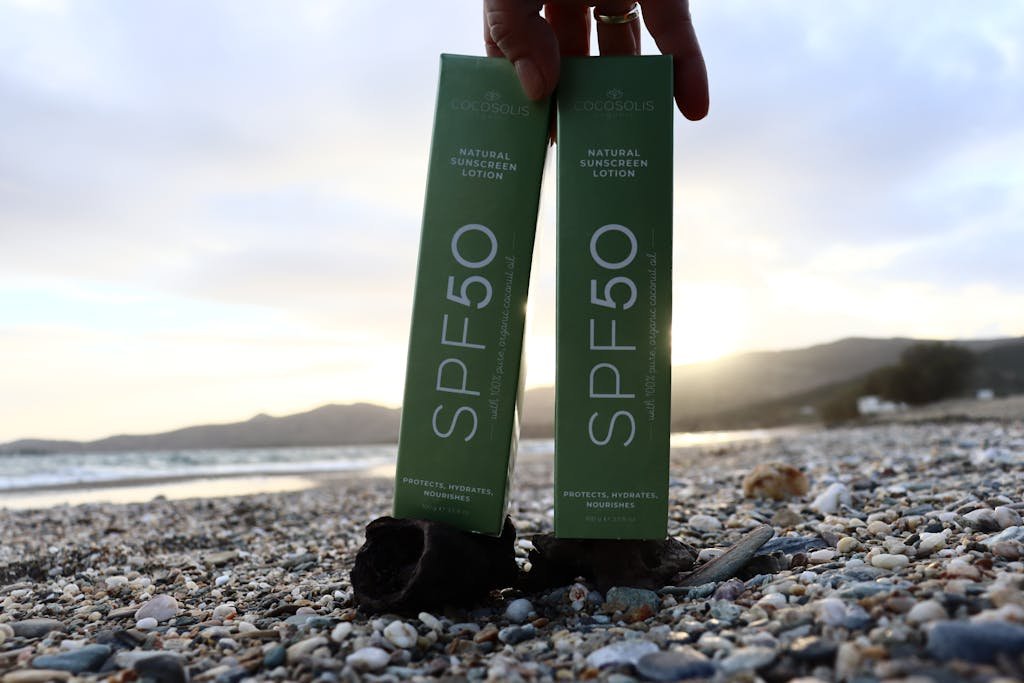
So, what exactly is SPF? Well, SPF stands for Sun Protection Factor. It was originally designed to gauge the level of UVB protection provided by a sunscreen. Essentially, it indicates how much longer it will take for your skin to burn when using that particular sunscreen. For instance, if it typically takes me 10 minutes to burn in the sun without sunscreen, using an SPF 15 would extend that time to 150 minutes before reaching the same level of burn.
So, you might think, “Great, SPF 15 is perfect, that’s all I need.” well let me tell you that’s not entirely true, because SPF 15 only hits about 94% of UVB rays, whereas SPF 30 goes up to 97%, and SPF 50 goes up to 98% protection. So, even though the difference might seem minor, it significantly enhances your protection. And so, as a rule of thumb, anywhere between 30 to 50 is your safest bet. Anything beyond SPF 50 can provide a false sense of security, especially as SPF values surpass 100. So anyway, SPF 30 to 50 is the range you sort of want to be in.
So, that being said, when doing testing participants were generously coated with sunscreen—we’re talking about approximately six teaspoons of lotion or cream all over their body throughout the testing period, with reapplication. However, in real life, many people apply sunscreen sparingly, just dabbing a bit here and there, which is incorrect and inadequate often fail to reapply as recommended, further contributing to actually less protection than what they think they’re getting. Thus, relying on higher SPFs or improper application techniques can lead to a false sense of security and ultimately contribute to sunscreen misuse.
SPF claims that are prohibited:
When it comes to sunscreen, some claims can be misleading. Let’s clear a few things up. Firstly, calling sunscreen “waterproof” is a stretch. Nothing can completely resist water; you might swim, towel off, and inadvertently remove your sunscreen. Sunscreens also can’t fully block out the sun, so don’t expect 100% protection from them.
Similarly, “sweat proof” is a bit of a myth. If you’re sweating, it’s likely the sunscreen is sweating off too, offering less than perfect protection. “Sweat resistant” might fare a bit better, but it’s not foolproof.
Now, about “reef-friendly” claims—don’t put too much stock in them. The FDA doesn’t regulate this term, so it doesn’t guarantee much.
Here are some practical steps: steer clear of sunscreens containing oxybenzone and octinoxate, banned in Hawaii since 2021. Also, avoid nano-sized zinc or titanium, as they can harm coral reefs. Look for micro-sized or non-nano versions instead.
Lastly, opt for lotions over sprays or mists. These spray-on products can leave behind residue on the sand, which isn’t great for the environment.
What’s UVA?
Let’s talk about UVA. They’re quite intriguing compared to their UV counterparts. Only recently have they been taken seriously in sunscreen formulations, providing protection against them. So when you spot a sunscreen labeled “broad spectrum,”for example, like the one by EltaMD Broad spectrum UV coverage that means it guards against both UVA and UVB rays, at least in the U.S. Interestingly, there’s no global standard for grading UV protection.
In the past, PPD (Persistent Pigment Darkening) was the go-to method for measuring UVA damage, but it’s outdated now. Nowadays, scientists use in vitro methods, which are more accurate and scientific. Previously, testing was done on actual people (in vivo), but now it’s done in lab settings. You might see a rating called PA on sunscreen bottles, like the one by Color Science with PA++++, which is common in the Far East. It’s not a globally accepted UVA protection standard, but it gives you an idea of how much UVA protection a particular sunscreen is offering. It’s just as a nice guide.
the main categories of sunscreen?
There are basically two types of ingredients in sunscreens: chemical (also called organic) and physical (also known as mineral or inorganic) ingredients. People often use these terms interchangeably, which can cause confusion and unnecessary worry. You might wonder, ‘Is it organic or inorganic? If it’s inorganic, is it harmful? Will it make me faint, die, or melt?’ But in reality, these terms are often swapped around, so it’s important to know they mean the same thing.
It was once thought that chemical sunscreens absorb ultraviolet light and turn it into heat, while physical sunscreens simply reflect it. Recent studies, however, have shown that physical sunscreens actually do a bit of both. They scatter visible light and absorb ultraviolet light, similar to how chemical sunscreens work. Additionally, they reflect visible light, which is an added benefit. The main downside is that they can leave a white residue, making them less appealing cosmetically. This led to the development of chemical sunscreens to address this issue. There’s no clear winner between the two types, as each has its pros and cons.
Physical sunscreens, like those containing zinc or titanium, have traditionally been less appealing cosmetically. To address this, brands have started using nanoparticles to break down these ingredients into smaller particles. While there’s debate about the safety of nanoparticles, no systemic effects have been proven yet. However, my concern lies more with their impact on coral reefs. Even nanoparticle-sized zinc has been shown to harm coral reefs. When choosing physical sunscreens, it’s advisable to opt for non-nanoparticle or micro-sized zinc formulations to minimize environmental impact.
how to know which type of sunscreen to use?
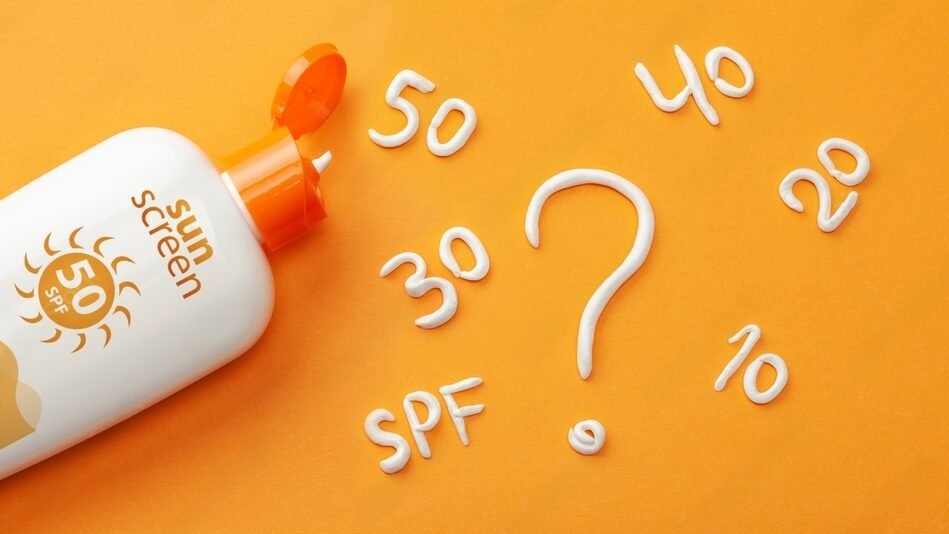
So, how do I know which type of sunscreen to use? Base it on your skin type. If you have sensitive skin, go for hypoallergenic sunscreens—they’re your safest bet. If your skin tends to be dry, opt for sunscreens with moisturizing properties. And then, what about if you are oily or acne-prone? Then you want to look for sunscreens that are non-comedogenic.
There are some, although rare, sunscreens that are in gel-based forms, and those ones are usually also better for people who tend to be on the hairier end of the spectrum. And lastly, If you lead an active lifestyle, go for water-resistant sunscreens. They provide protection while swimming, exercising, or sweating. Usually, it’s around a 40-minute or an 80-minute time that is actually labeled on the sunscreen itself. So, Keep these points in mind when selecting your sunscreen.
my top product recommendations?
Related : 20 Best Sunscreens For All Skin Types: Dry, Oily, Sensitive, & More!
- Physical Sunscreens:
Let’s dive into different types of sunscreens that I use. We’ll start with physical sunscreens. One of my favorites, for example, is the one byThinkBaby. On the back, it actually states “zinc oxide non-nano particles.” So, a lot of these brands are now emphasizing that their zinc is non-nanoparticle. If you’re worried about the coral reef and the environment, these are the ones you want to look for. It leaves a noticeable white cast, so it’s a great option for kids.
Now, let’s address the question: Should I use sunscreen on infants? The guidelines state that if your child is less than six months old, you do not need to use sunscreen on them. Instead, ensure they’re covered with protective clothing, staying in the shade, and avoiding direct sun exposure. This is because infants have thinner skin and are more prone to skin irritations. You want to minimize the risk of developing irritation or absorption due to their underdeveloped skin. After six months, you can start applying sunscreen.
I cover my niece every day in zinc or titanium. Zinc provides better coverage than titanium, though it does leave her looking quite ghostly. She may hate me later when she sees her baby images, but she’ll thank me when she cares about her appearance. So, zinc for the win!
Another sunscreen I’ve recently been introduced to by my fiancé is the Weightless Liquid Mineral Sunscreen with Zinc Oxide SPF 30 by First Aid Beauty. It’s oil-free and non-comedogenic, making it suitable for oily or acne-prone skin. Plus, it utilizes non-nanoparticle zinc and has an elegant texture.
Then, there’s the one by Supergoop, another zinc sunscreen. It’s not as dark as the one by First Aid Beauty but also utilizes non-nanoparticle zinc, which is crucial, especially if you’re around the ocean. It has a nice lightweight sheer finish, making it one of my favorites.
So, some brands are opting to blend zinc and titanium in their sunscreens now. Take, for example, the Mineral Sunscreen Face Tint SPF 30 by Sun Bum, which combines zinc oxide and titanium dioxide. The choice to blend these ingredients depends on the formulation and cosmetic delivery preferences. This one is also, I believe, non-nanoparticle. I’m not 100% sure because on their website, only the spray was self-described as the nanoparticle; this one was not. So, I honestly don’t know if it is 100% but it is a mineral sunscreen that you can get at your local drugstore, which isn’t bad.
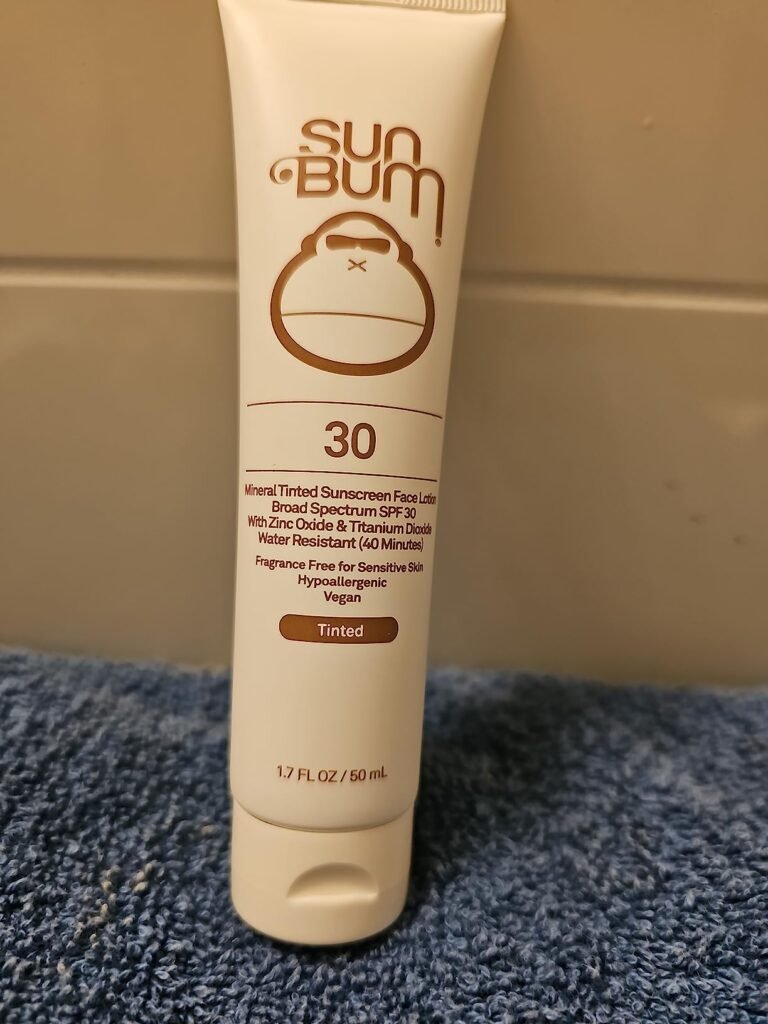
I’m not a fan of spray sunscreens for a couple of reasons. Firstly, it’s difficult to gauge how evenly you’re applying the product. Secondly, they’re not environmentally friendly, especially for coral reefs, as the spray can adhere to sand and end up in the ocean with the waves, potentially harming marine life. When it comes to sun protection, sprays often provide a false sense of security and may not offer as even or effective coverage. So just something for you guys to think about if you are trying to be eco-conscious. And if you’re trying to just be, you know, skin conscious.
Moving on to other products, I’m hesitant about the nanoparticle size of certain brands. Take the AM Facial Moisturizing Lotion SPF 30, Oil-Free by Cerave, for instance. I don’t love it , I’m a professional award wining hater when it come to this product because despite its promotion of ceramides, niacinamide, and hyaluronic acid, the sunscreen aspect tends to overshadow these benefits. Sunscreen tends to dominate the formulation, diminishing the effectiveness of other active ingredients so you’re not going to get 100% of those benefits.
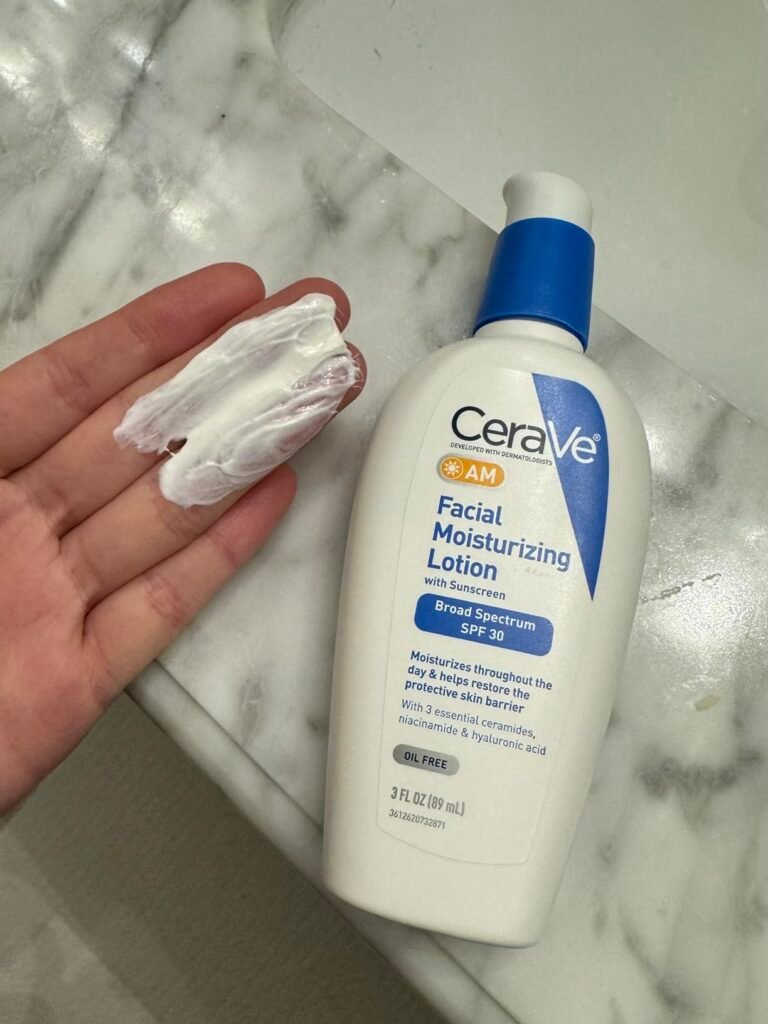
A helpful tip when selecting sunscreen is to check the drug facts label on the packaging. In the US, this label reveals the active sunscreen ingredients. Unfortunately, the FDA doesn’t mandate brands to distinguish between nanoparticle-sized and non-nanoparticle-sized zinc or titanium, so it’s up to you as a consumer to do your homework and make informed decisions.
One sunscreen tha I’m intrigued by is the ERYFOTONA Actinica by Isdin. It’s a pure zinc formula, though I’m unsure if it’s nano or not, but I love it because it shield the skin from existing damage and even reverse it with their own technology. Plus, it’s aesthetically pleasing.
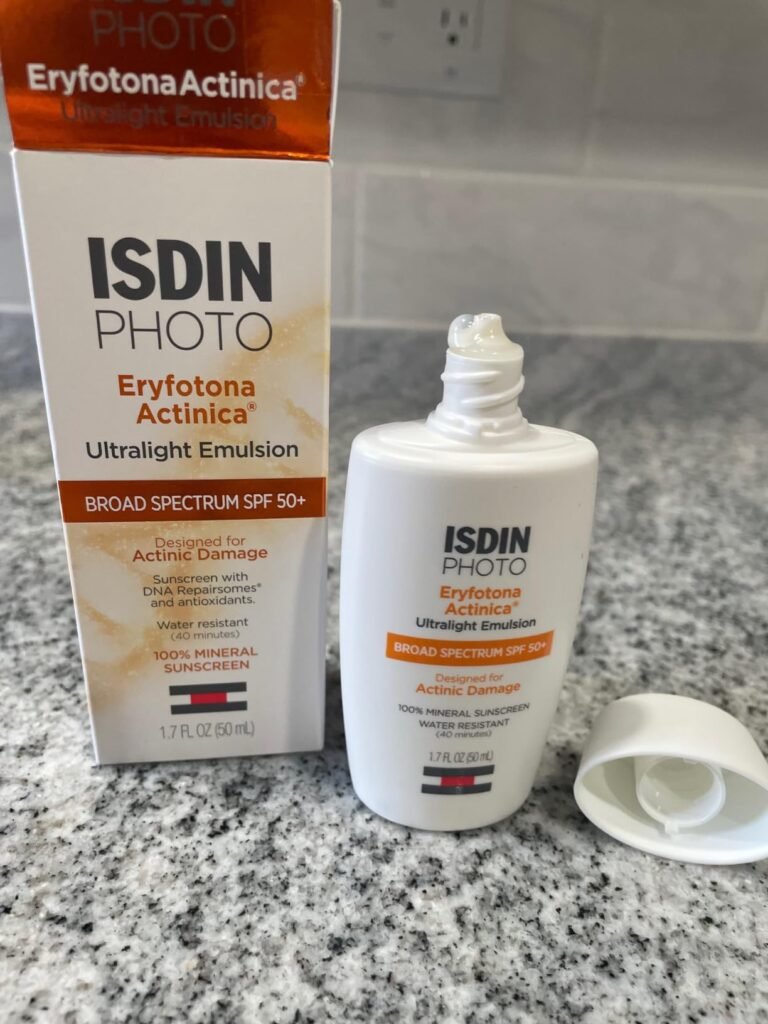
Color Science has a broad range of mineral sunscreens. Again, I do believe that these are not non-nano . But they come in various different colors, and they provide a variety of shades, which is great for a physical blocker.
- Chemical Sunscreen
When it comes to chemical sunscreens, I love this particular one by Supergoop: the Glow Screen. This one contains avobenzone, octocrylene, and octisalate, which basically offer you a broad range of both UVA and UVB protection. Though, I must admit that my eyes do get irritated if I accidentally rub my eyes after applying this sunscreen; I need to wash my hands ASAP. It’s no joke; I’ve had to stop and pull over while driving because I do have very sensitive eyes. Despite this, the end result—a radiant sheen—makes it a worthy makeup substitute in my book.
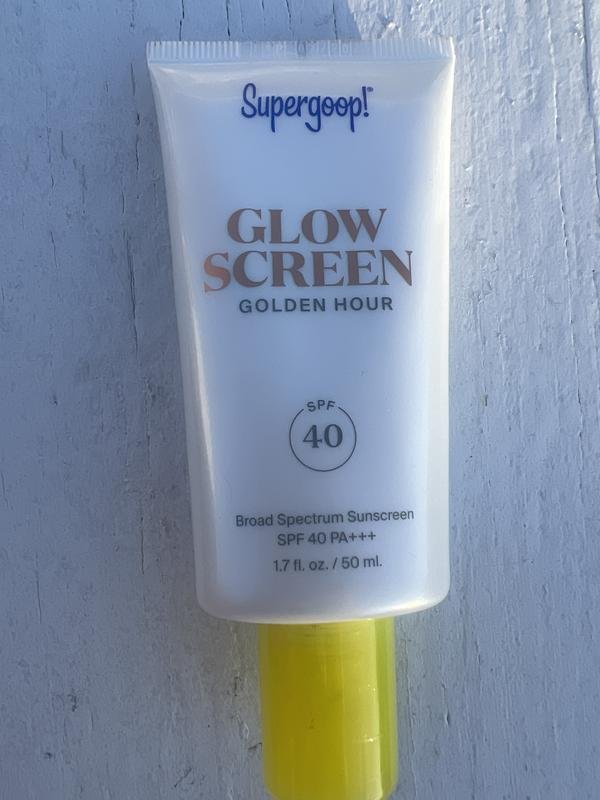
Moving on to Sun Bum’s SPF 50 broad-spectrum offering, it’s noteworthy for what it doesn’t contain: harmful coral reef-damaging ingredients like oxybenzone and octinoxate, Hawaii has actually banned those two ingredients, so just so that you guys know. However, I’m not a fan of the spray version due to its tendency to leave a residue on surfaces, potentially contributing to unnecessary sunscreen runoff into the ocean.
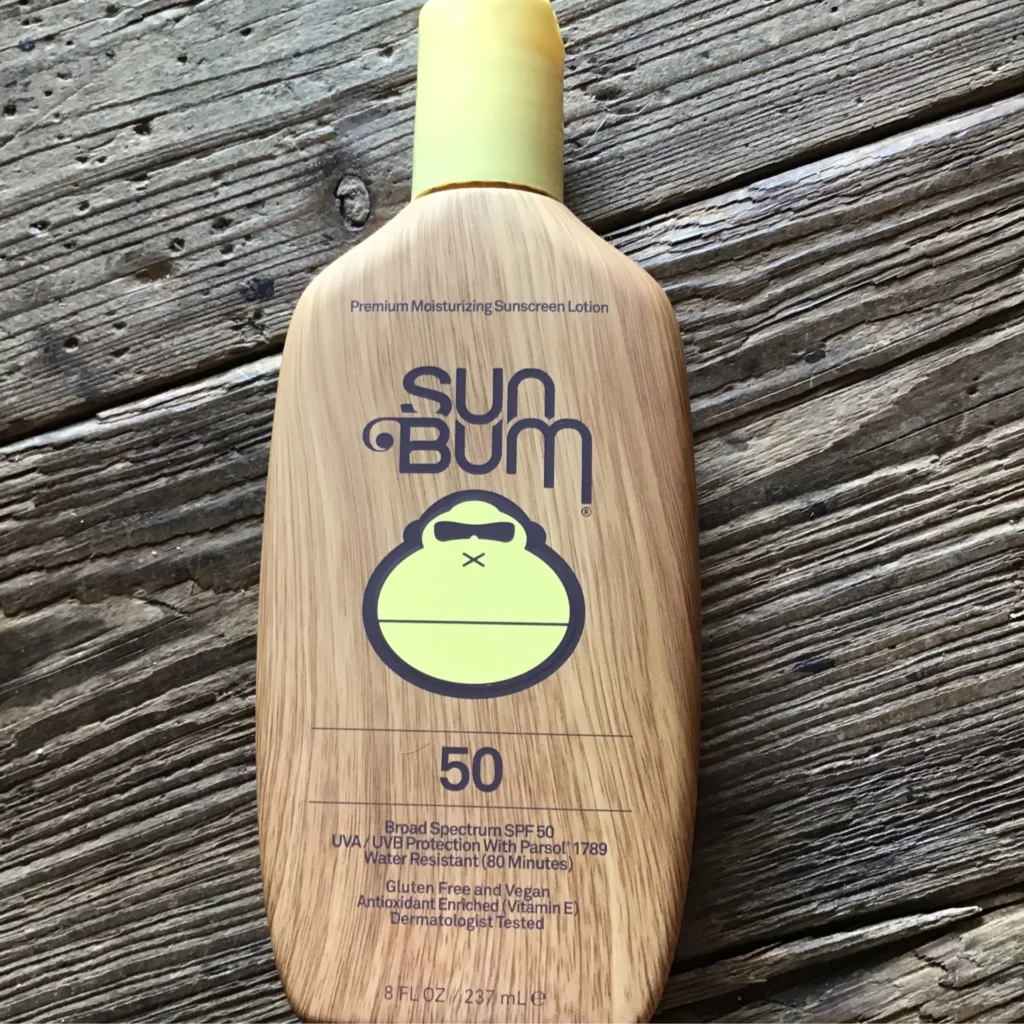
Rihanna introduced her own line through Fenty Skin in 2021, if my memory serves me right. This sunscreen blend comprises various chemical components; there’s no physical blocker in this formula. Notably, it’s reef-safe, as indicated on the packaging, boasting being “made with care for coral reefs.” It excludes oxybenzone and octinoxate, the two ingredients banned by Hawaii. Additionally, it offers refillable packaging, though I have reservations about its environmental impact over time. Refillable packaging can either minimize or exacerbate waste, depending on its design and execution—a topic for another discussion.

Moving on, we have these nostalgic zinc sticks, reminiscent of the 80s era. Originating from an Australian brand (Cheers to my Australian mates !), the concept is appealing. However, this particular brand’s execution is questionable due to its inclusion of ethylhexyl methoxycinnamate, also known as octinoxate. If the goal is a pure zinc stick, it’s puzzling why they’d blend it with another active ingredient that raises environmental and skin safety concerns. A better approach would be a zinc stick devoid of such additives, proudly visible and distinct. Hopefully, this retro trend gains traction once more—it was a fleeting yet enjoyable aspect of the 80s culture. That sums up the zinc stick review.
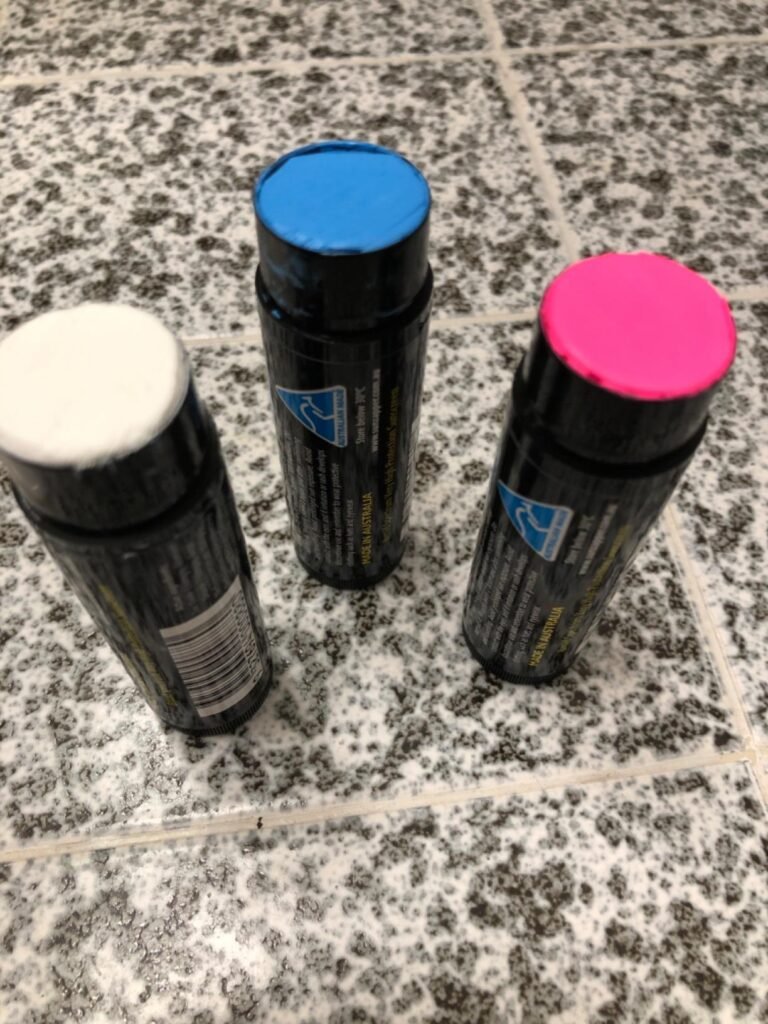
The Bottom Line
This was sort of a sunscreen 101, in a nutshell. Choosing the right sunscreen isn’t always straightforward. If you’re unsure, opt for a physical sunscreen containing zinc or titanium. But remember, physical sunscreens aren’t the only option, and some people find they don’t suit them well. It’s important to educate yourself about the differences between sunscreens and their effects, both on your skin and on the environment.
I hope you found this article helpful! If you have any questions about sunscreen, feel free to ask. And don’t worry about sunscreen blocking your vitamin D production—it’s just a myth. So yeah take care, and namaste.
I hope you found this article helpful. Feel free to leave any questions or feedback in the comments. I truly value my readers’ input.

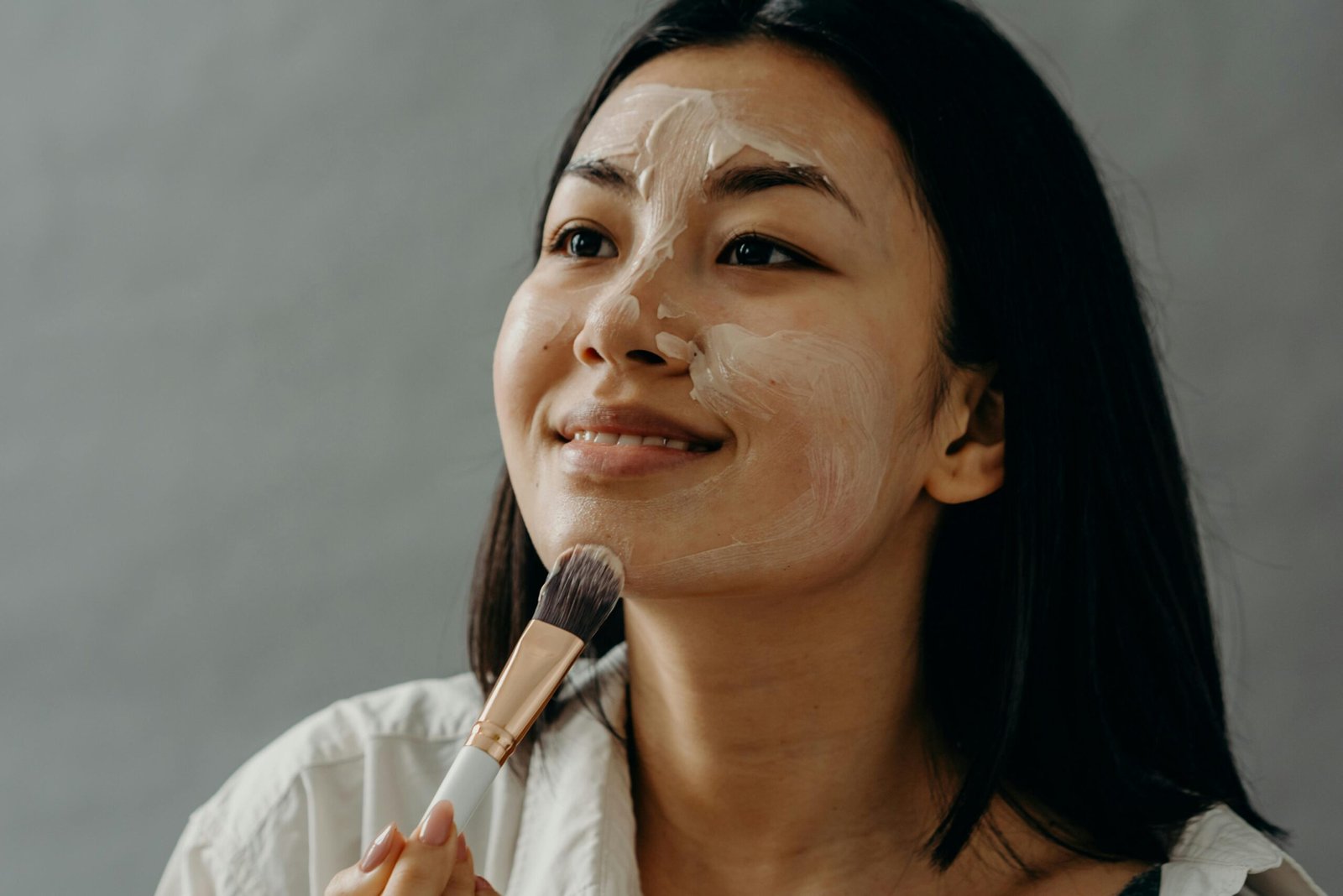
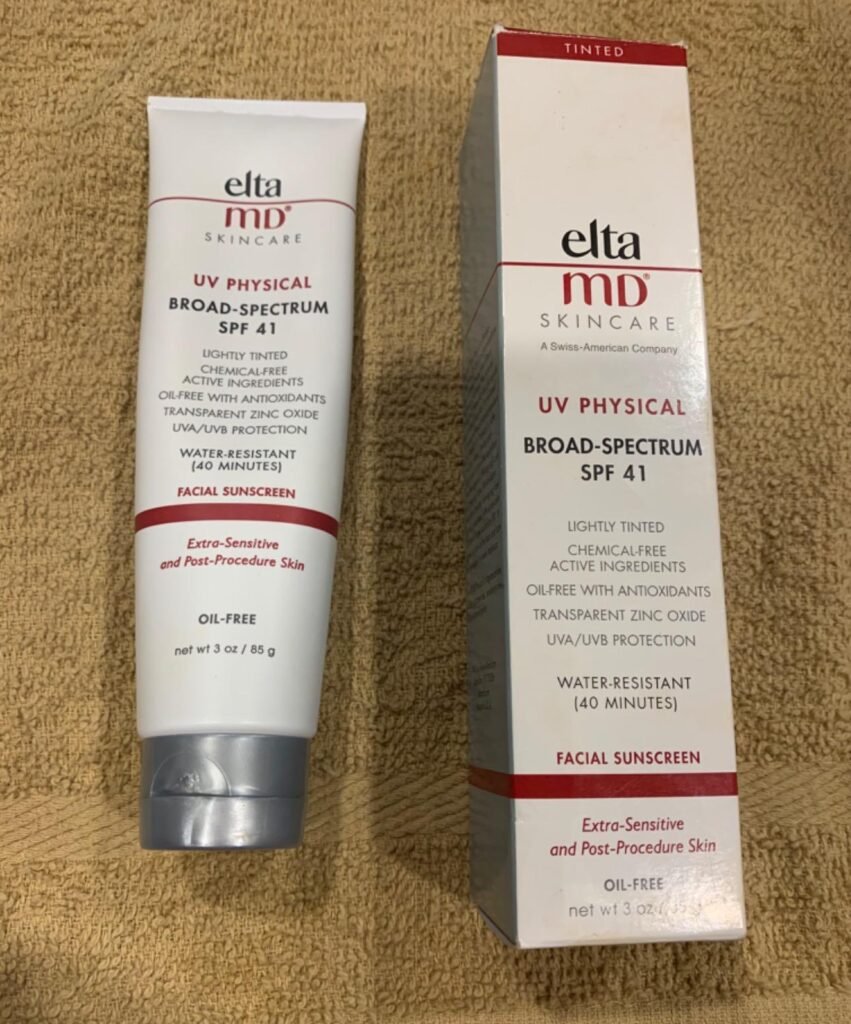
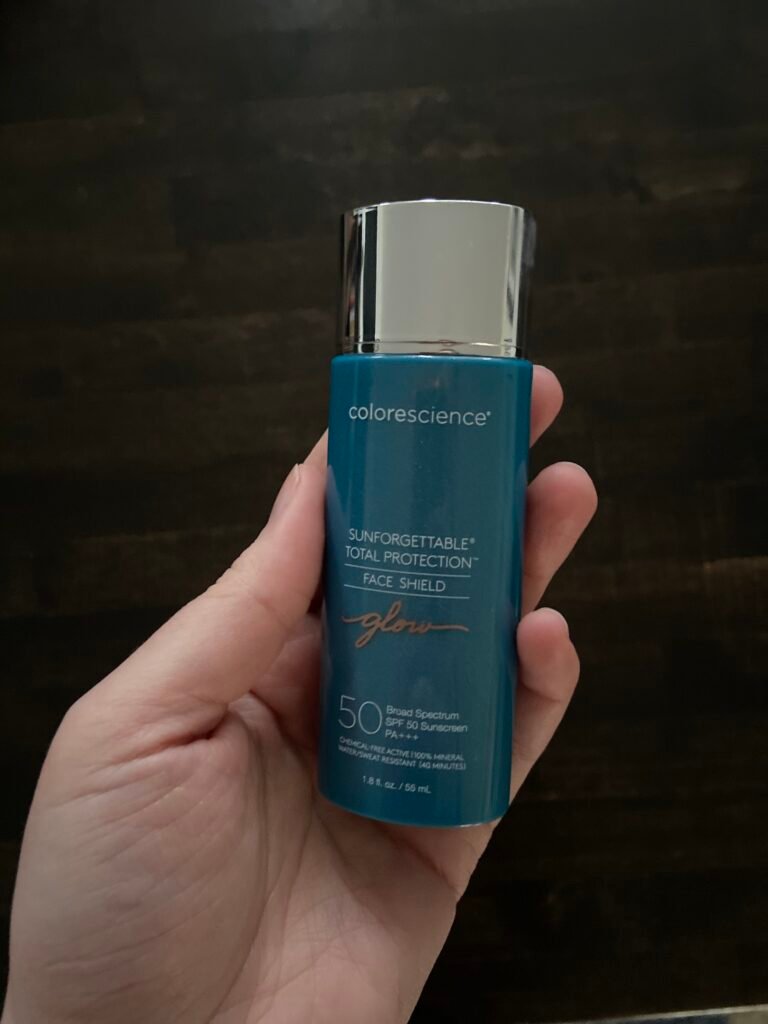
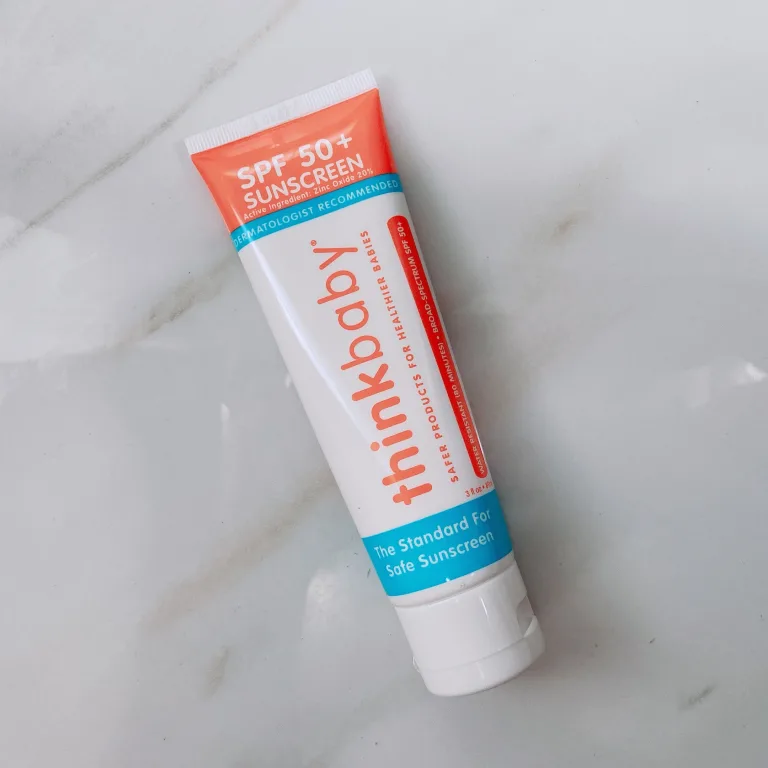
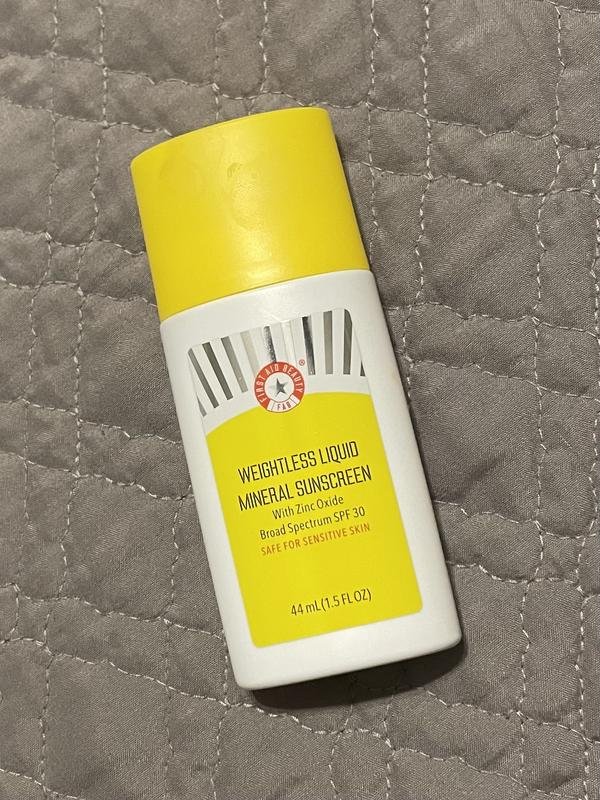
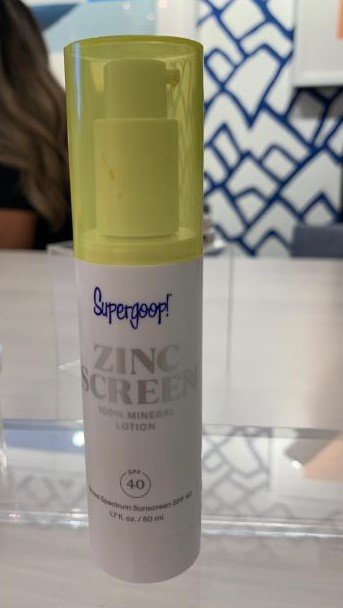
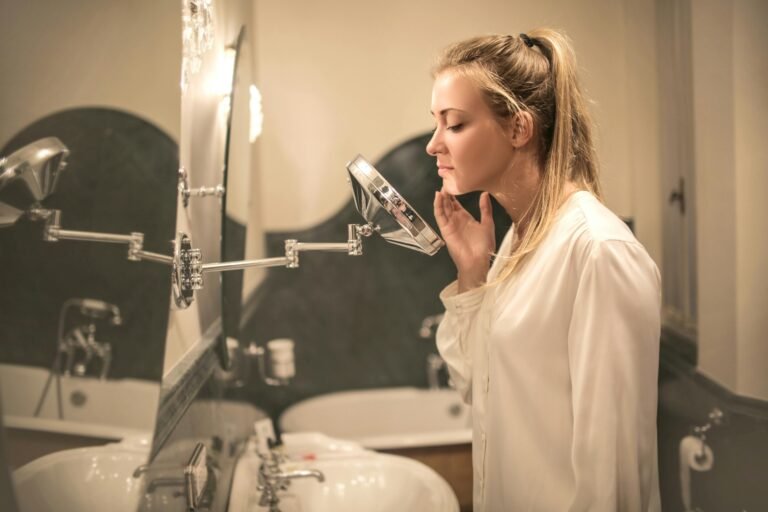
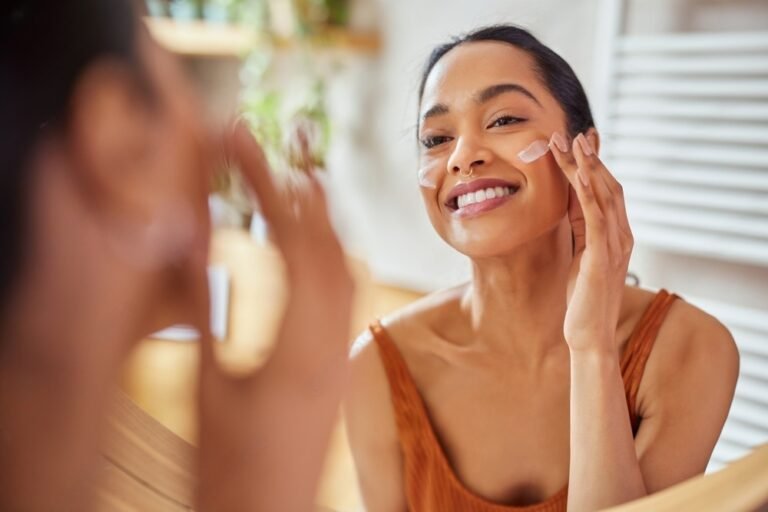

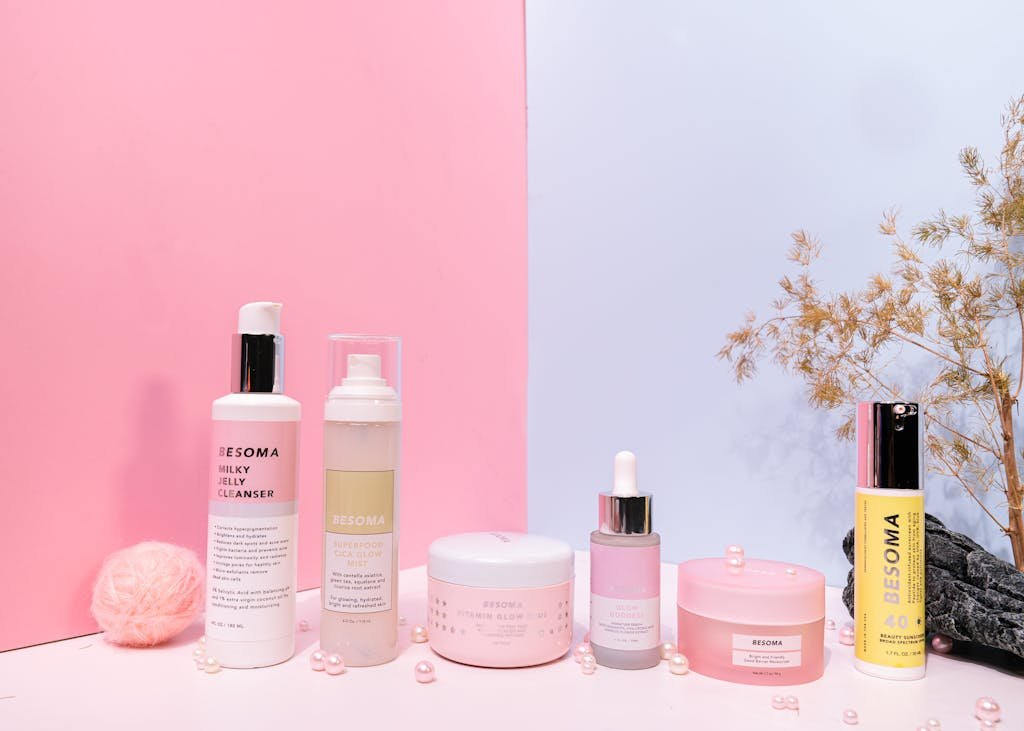
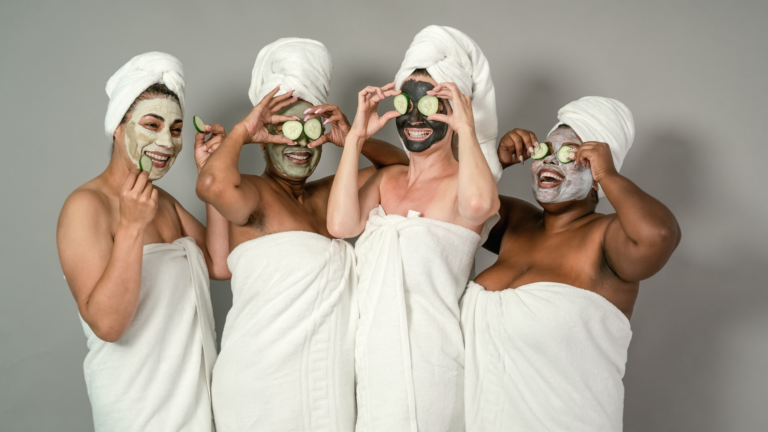
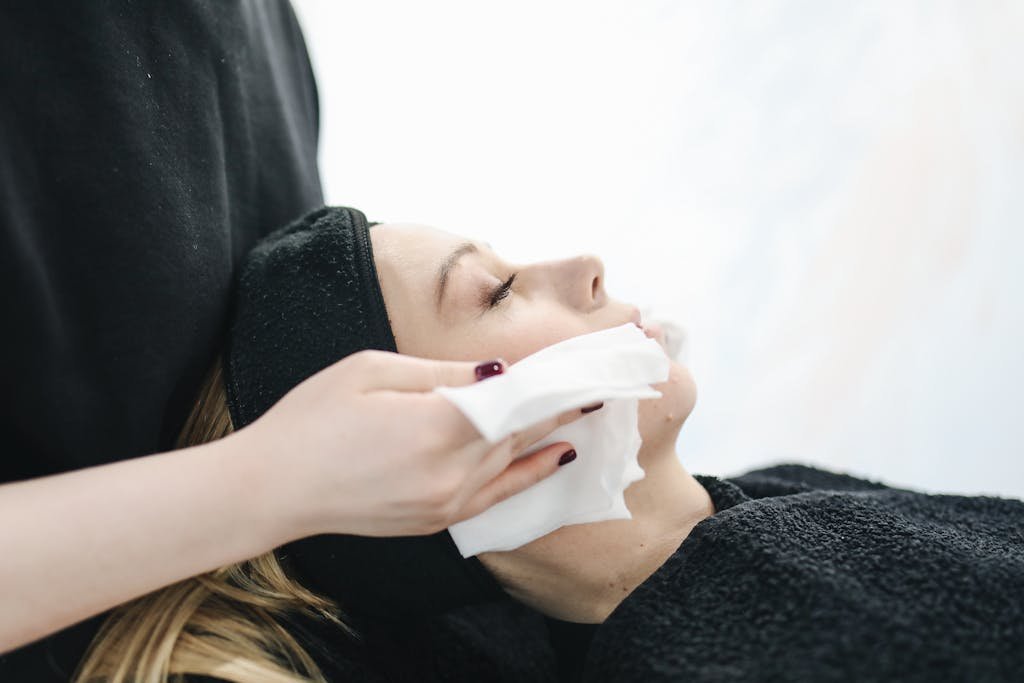
2 Comments